In the spooky spirit of Halloween, I decided to do research on one of America's most celebrated holidays!
More specifically, I looked into the origins of some traditions associated with Halloween. Because let's be honest...who doesn't wonder why we pick out a pumpkin, gut and scrap its insides out, and then carve a face on it? Maybe you don't understand why black cats are so terrifying or you question why we eat candy corn when it's actually not that appealing.
Halloween can be traced all the way back to an ancient and pre-Christian Celtic festival, known as Samhain. Samhain translates to "summer's end" in Gaelic and it was the Celtic New Years. It was also believed that during this time of year that the "the veil between the world of the living and the world of the dead was at its thinnest."
Here are some of Halloween's most iconic traditions and superstitions:
1. Jack-o-Lanterns
Okay, this is one is a really neat story, yet fittingly creepy. It began in Ireland with a selfish drunken farmer named Jack. He tricked the devil and trapped him, letting him go on only one condition: that Jack would never go to hell. However, when Jack died, it turned out that heaven didn't want his soul because of his dark, devilish ways.
So Jack was doomed to wander the Earth as a ghost for all eternity with a lump of burning coal that the devil gave him. Jack created a lantern from a turnip and placed the coal in it to light his way. Locals then carved frightening faces on their own gourds to keep evil spirits (like Jack) away.
2. Costumes
During Samhain, it is believed that this was the prime time for ghosts roam the Earth. So the Celts came up with an idea to dress up as terrifying creatures themselves to blend in with the real evil spirits. It was a foolproof plan to avoid being attacked and having one's soul stolen by a spirit.
3. Bats
I think bats are pretty cool, but medieval folklore doesn't necessarily agree with me. Back then, bats were an ominous sign associated with bad luck and witches. In fact, there's a myth that if a bat was seen flying around your home three times, then someone was going to die soon. Also if a bat was in your house on Halloween, then your home was haunted. Yikes.
4. Black Cats
Another animal associated with Halloween are black cats and this belief dates back to the Dark Ages. People often connect witches and black cats together since accused witches were found to have pet cats, also known as their "familiars." This meant that these were demonic cats gifted to witches by the devil to help them with dark magic.
5. Black and Orange
These colors are the two most recognized colors of Halloween for a good reason. Orange represents the autumn harvest season with the leaves and crops turning a different color. On the other hand, black symbolizes the "death" of summer.
6. Candy Corn
Personally, I don't like the hard texture of candy corn, but I'll admit that it is a permanent staple as a Halloween tradition. Candy corn was first manufactured in the 1880s and because of its white, orange, and yellow colors, it was naturally associated with autumn colors. As trick-or-treating grew more popular in the U.S., candy corn was the ideal festive treat to give out.
7. Witches
When you think of witches, the image in your mind might be wrinkly old ladies with tall pointy hats and wart-covered noses. Witches were actually based on a pagan goddess called "the crone." Her other titles include "Earth mother" and "the old one," and she was even recognized during Samhain for her wisdom. Obviously, her kind image has been changed and tarnished over the centuries.
8. Cauldrons
Relating to the crone, Celts believed that once they died, their souls would be collected in the crone's cauldron, which represented the Earth mother's womb. In the cauldron, souls would wait for the goddess to stir the pot to be reincarnated. By stirring it, the goddess lets new souls enter the cauldron while old souls are reborn into a new life.
9. Spiders
For most of us, I think we're already deathly scared of spiders regardless of if it's Halloween or not. To freak you out even further, there are actually some myths related to these eight-legged creatures. For example, if you see a spider on Halloween, that means you are being watched over by the ghost of a deceased loved one. Another superstition is that if a spider falls into a candle-lit lamp and is destroyed by the fire, then witches are close by.
10. Mischief Night
This is also known as "devil's night" and it is a chance for some troublemaking kids and teenagers to participate in minor pranks and vandalism. There are many different origins for this particular tradition but the most common is that it originated from Samhain. Their celebrations included comical pranks and well-intended pranks.
But in the 1920s/1930s, these events got a little out of hand so adults rekindled the forgotten tradition of trick-or-treating in costumes to receive free candy. This did get rid of the mischief on Halloween and troublemakers chose October 30th for their pranks instead.
Happy Halloween, everyone! Stay spooky.

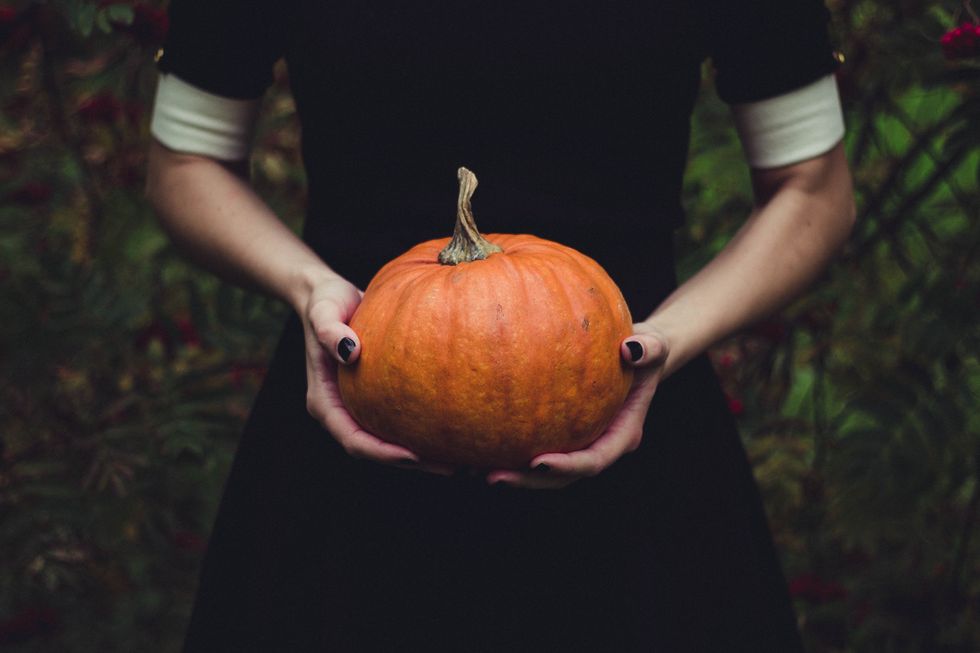
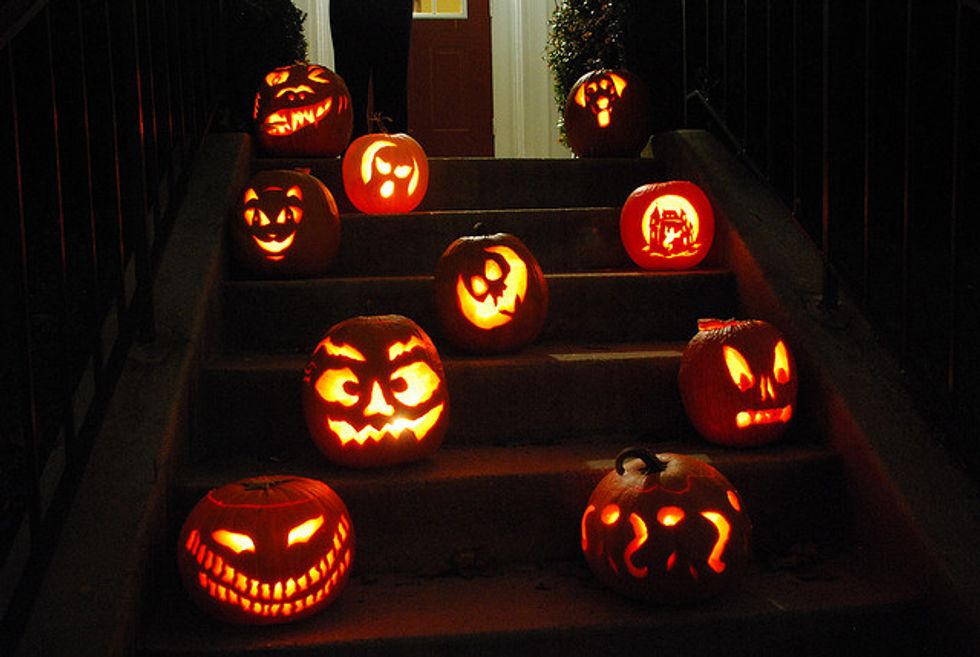
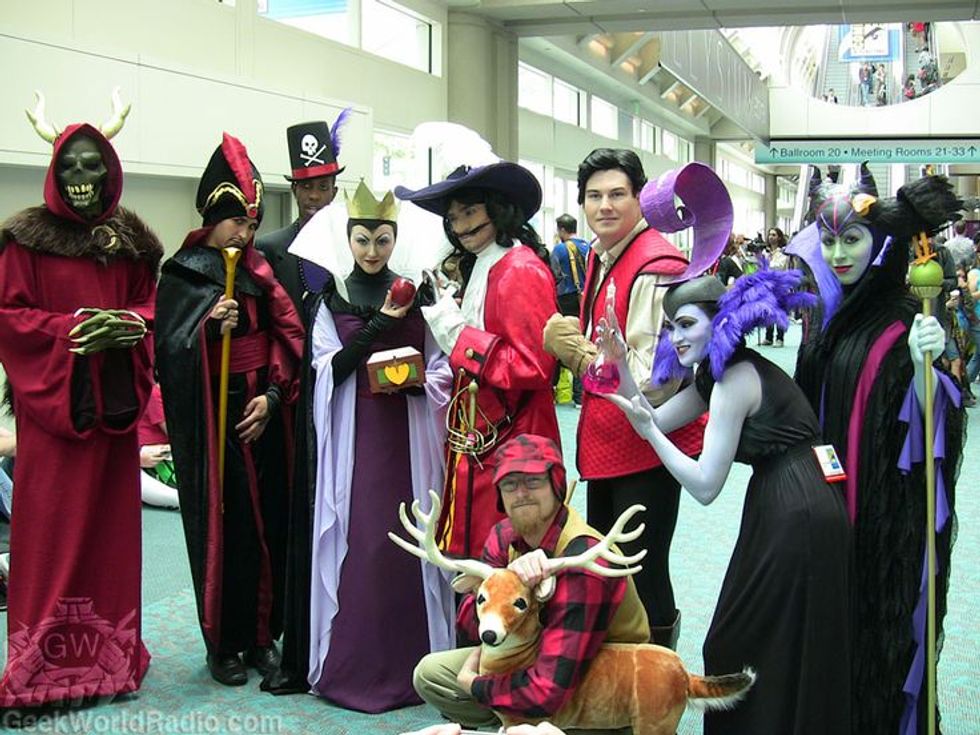
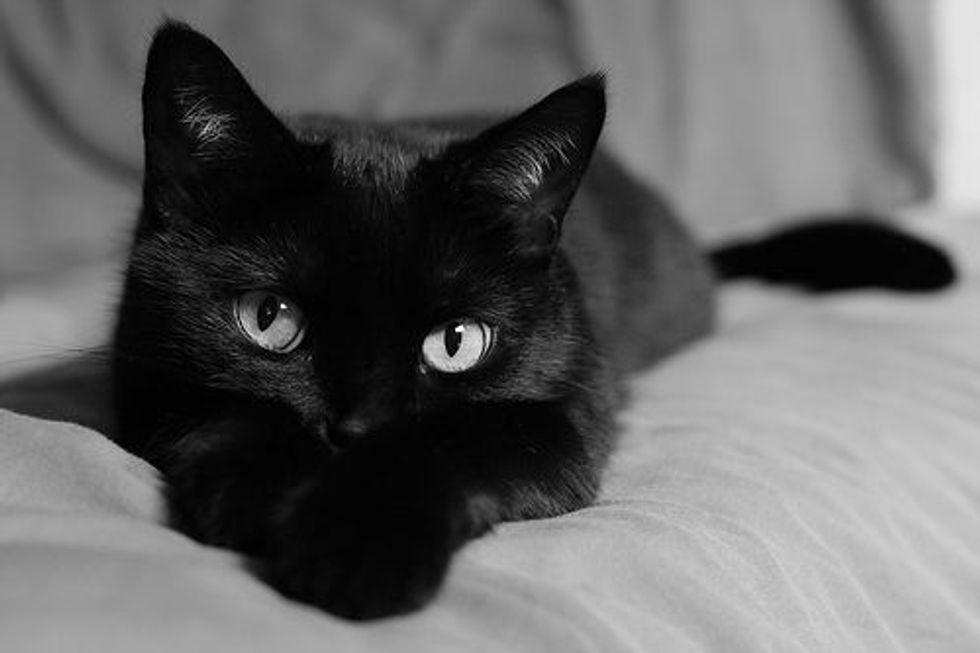
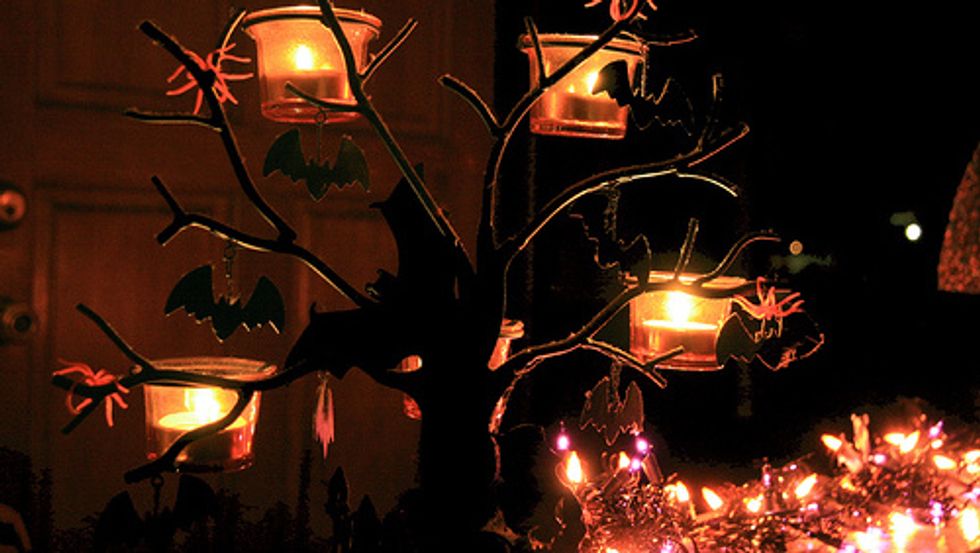
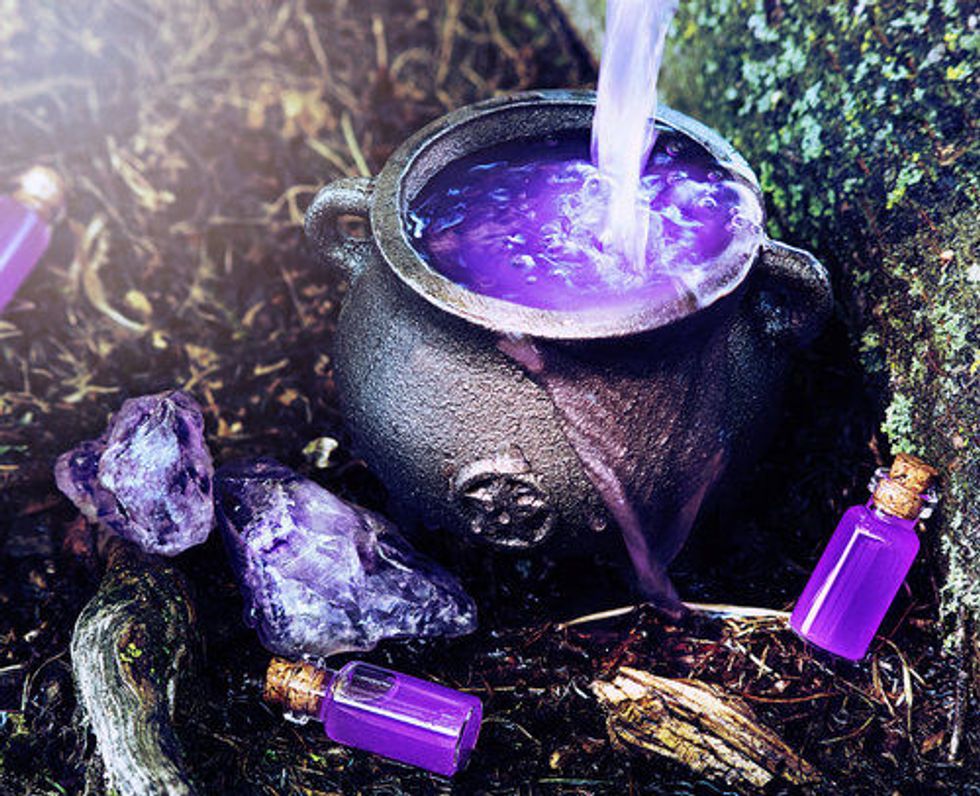




 The minimum wage is not a living wage.
StableDiffusion
The minimum wage is not a living wage.
StableDiffusion
 influential nations
StableDiffusion
influential nations
StableDiffusion












